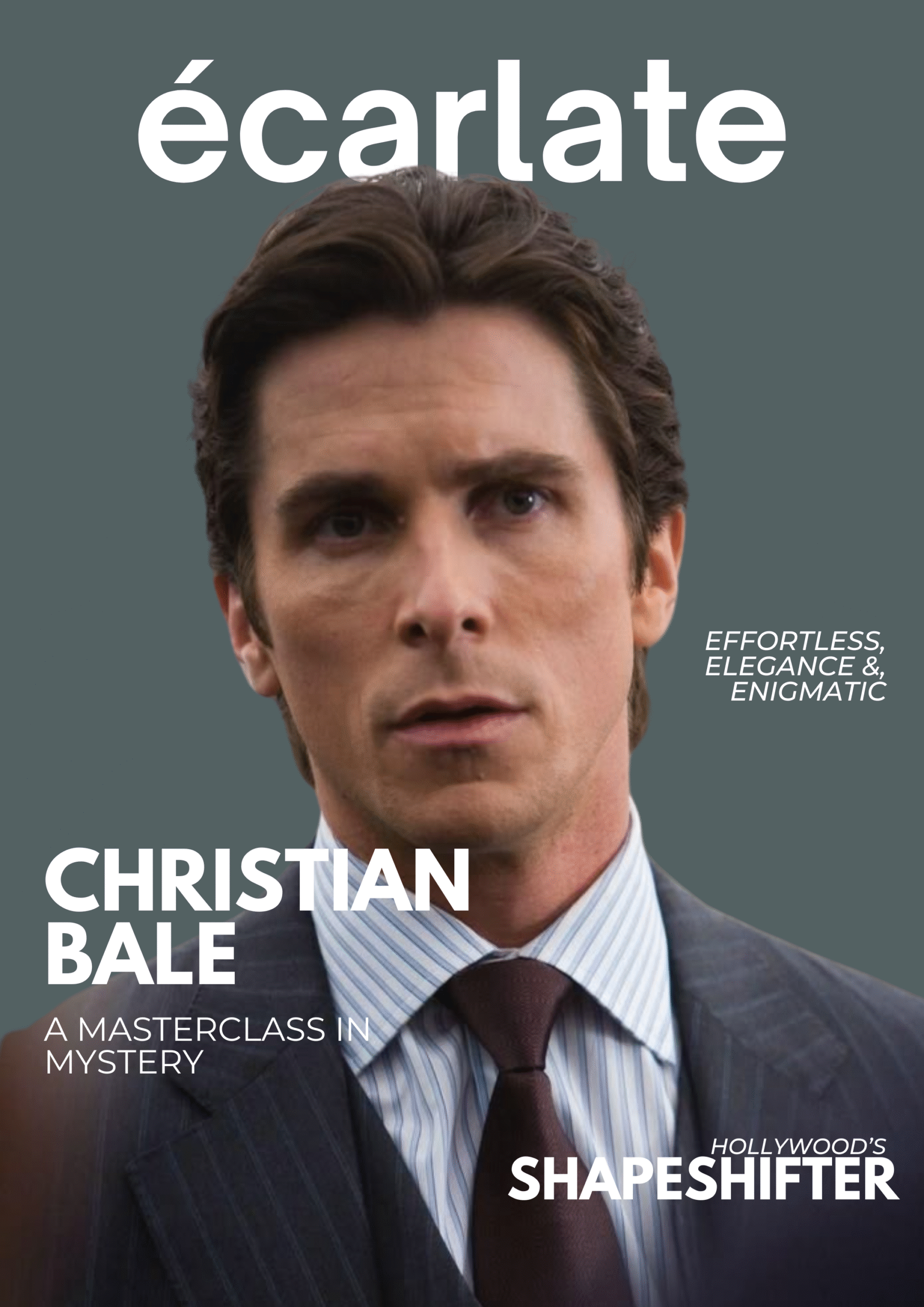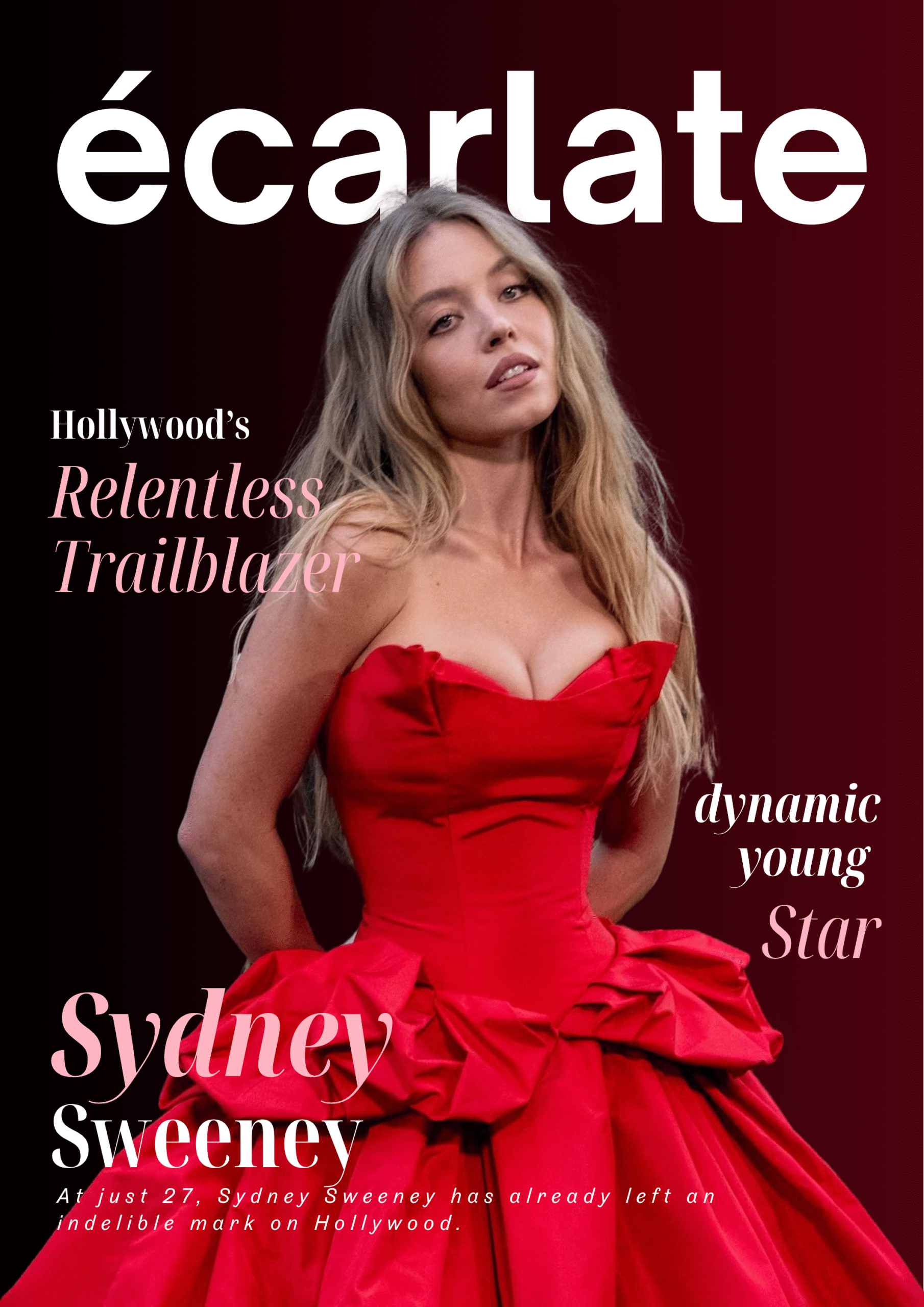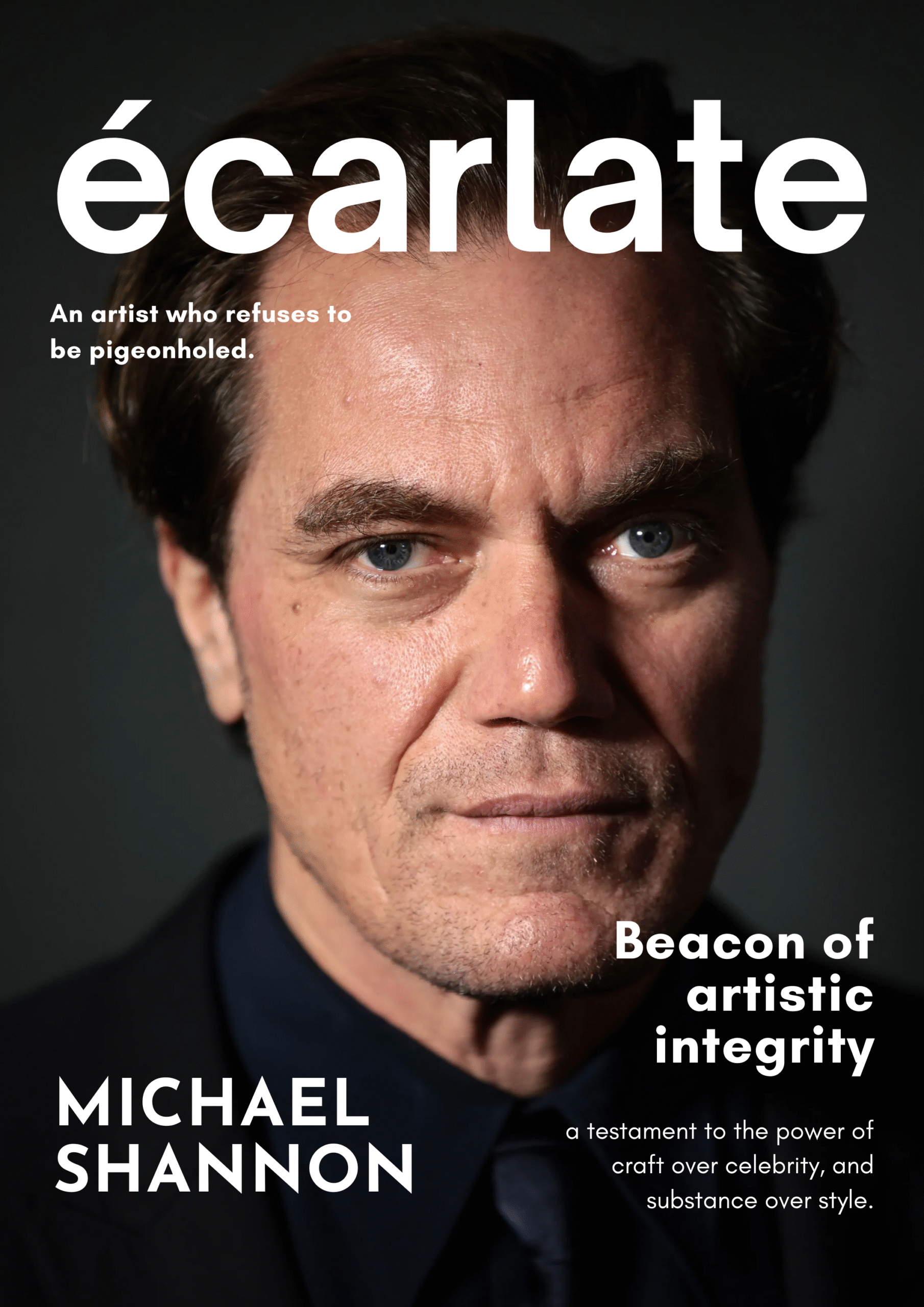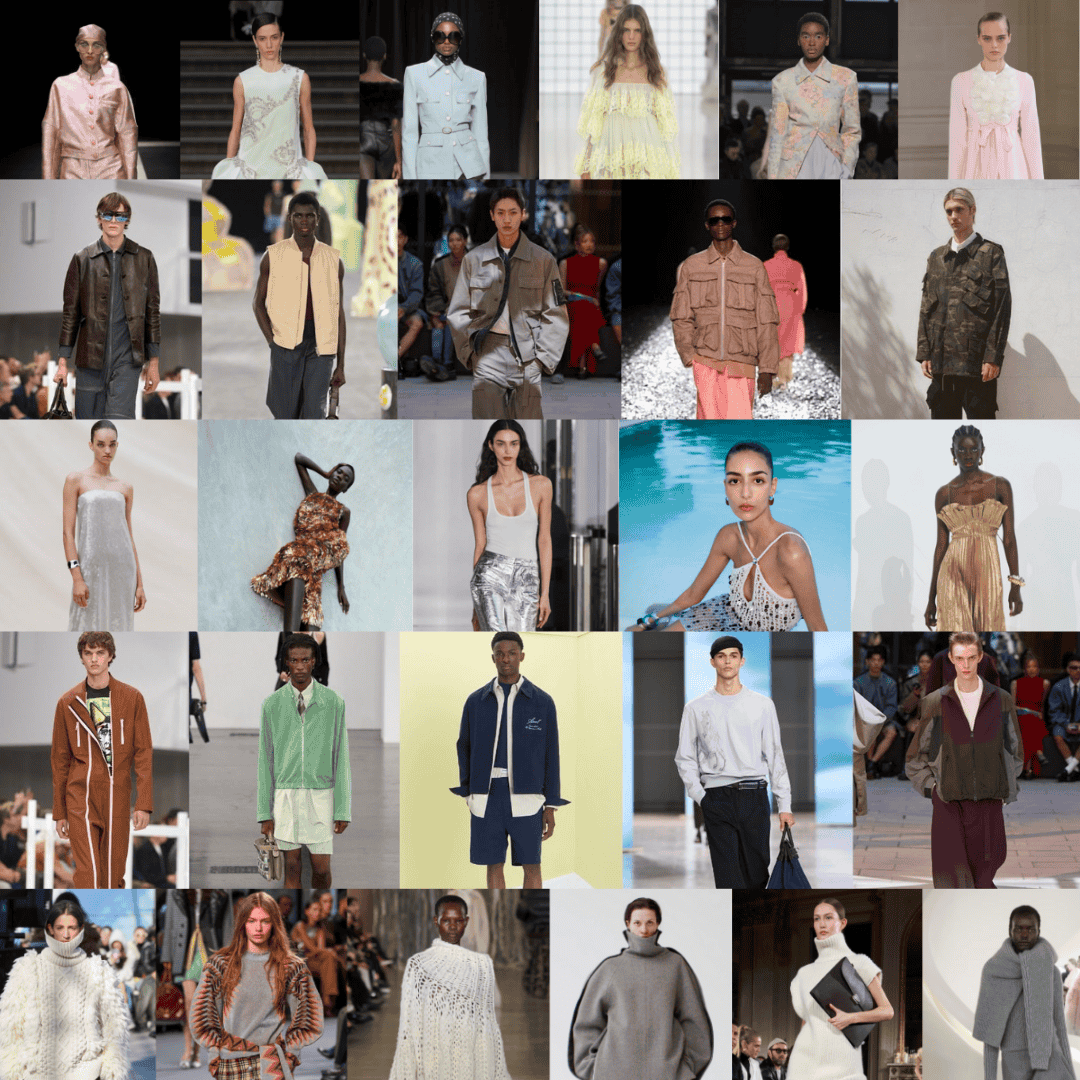Christian Bale doesn’t just play roles — he disappears into them. Over a career spanning nearly four decades, he has shapeshifted across time, weight classes, and worlds. From a young boy lost in war-torn China to a morally conflicted superhero, from Wall Street sociopaths to flawed visionaries, Bale has built his career on transformation.
And with each on-screen rebirth, a style legacy has quietly followed. Not flashy. Not branded. But deeply intentional. His fashion story, much like his filmography, is a masterclass in immersion — structured, soulful, and strikingly understated.
Origins of a Shape-Shifter (1987–1999)
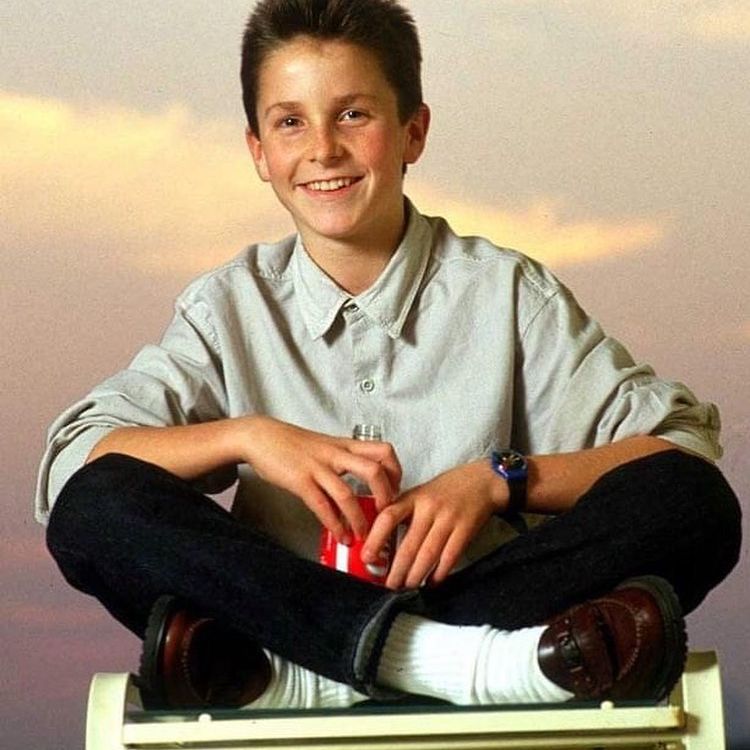
Young, Unfiltered, Unaware of His Aura
Bale’s screen debut in Steven Spielberg’s Empire of the Sun (1987) was nothing short of remarkable. At just 13, he carried the emotional weight of an adult role with quiet conviction. Off-camera, he was the opposite of polished. His early red-carpet appearances were boyish and raw — oversized blazers, untucked shirts, Converse sneakers. Not because he was trying to make a statement, but because he simply didn’t care.
In the ’90s, Bale drifted under the radar — through cult classics like Velvet Goldmine and Little Women, developing his craft away from the Hollywood machine. His style mirrored this: humble, functional, often nondescript. No stylists. No fashion week. Just a rising actor in thrifted coats and layered flannel, quietly building a career from the ground up.
American Psycho & the Birth of Precision (2000–2004)

Where Fashion Met Persona
2000’s American Psycho changed everything. As Patrick Bateman, Bale didn’t just wear designer suits — he weaponized them. Armani, Valentino, pinstripes so sharp they could draw blood. The character was monstrous, but the wardrobe was immaculate. Audiences couldn’t look away.
Off-screen, Bale began to reflect a similar sleekness. Slim-cut suits, clean-shaven jawlines, and the first signs of minimalist tailoring entered his public wardrobe. Though far removed from Bateman’s vanity, Bale seemed to realize the power of clothes — how they could frame a narrative without saying a word.
But just as the world was getting used to this polished exterior, Bale shocked them again. For The Machinist (2004), he dropped to a skeletal 120 pounds, living on coffee, apples, and cigarettes. His frame — and his fashion — vanished. It was a reminder: Bale’s body, and his style, was a tool. Not an accessory.
The Wayne Years — Power Dressing with a Purpose (2005–2012)
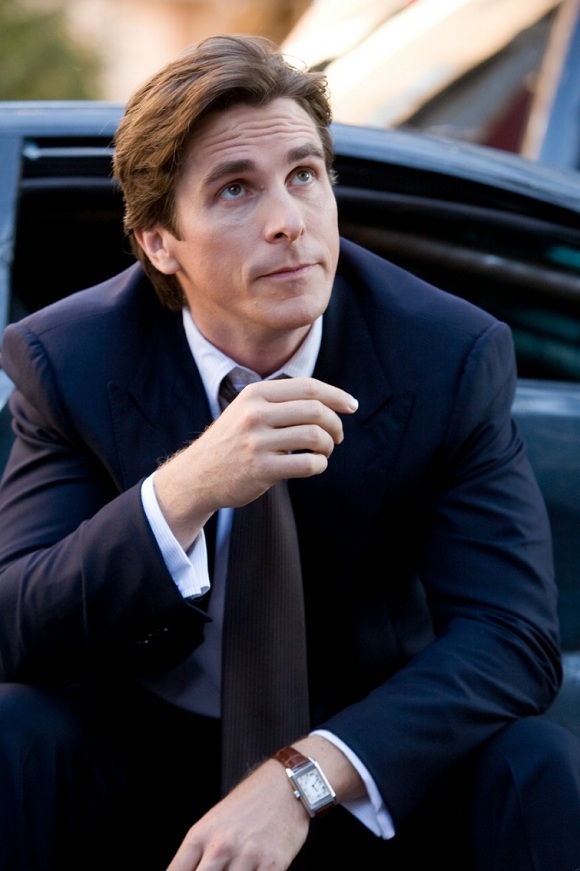
Becoming the Suit
When Batman Begins (2005) premiered, it wasn’t just Bruce Wayne who stepped into tailored power — it was Bale. With Christopher Nolan’s trilogy, Bale reached global superstardom, and his red carpet presence matured into something unmistakable: controlled elegance.
Gone were the rough edges. In their place: Tom Ford tuxedos, black-on-black three-pieces, velvet dinner jackets at the Oscars. He had found a visual language — tailored, tonal, intentional.
And yet, even at his most polished, Bale refused to become “fashionable.” No bold prints. No logo-heavy designers. No trends. His wardrobe was defined by restraint — much like his acting.
During this time, he juggled roles in The Prestige, Rescue Dawn, and Public Enemies, each demanding a different emotional weight. And through it all, Bale’s public fashion presence remained constant: discreet but impeccable. If Daniel Day-Lewis is fashion’s ghost, Bale is its shadow — ever-present, never predictable.
Body and Brand Break (2013–2020)
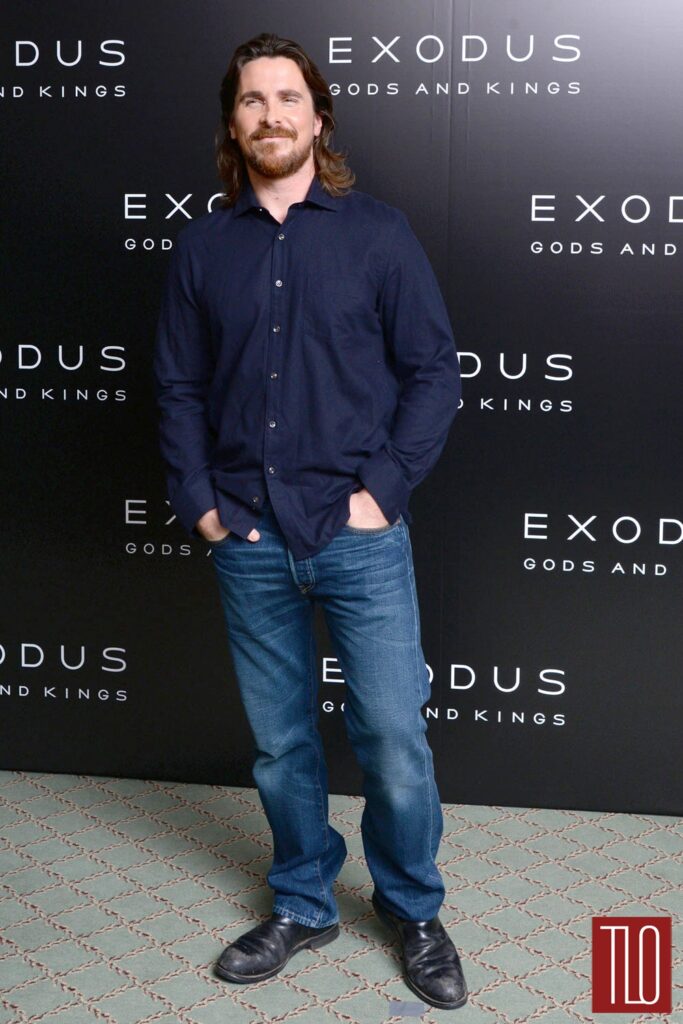
From The Fighter to Ford — Rugged Sophistication
Bale’s physical transformations reached another extreme in The Fighter (2010) — skinny, twitchy, sunken-eyed. His Oscar win for Best Supporting Actor that year wasn’t just about acting. It was about embodiment.
But in the years that followed — American Hustle, Out of the Furnace, Vice — Bale began to embrace physical fullness, both in form and in style. At red carpet events, his fashion softened. No longer razor-edged, his suits leaned into texture — brushed wool, muted plaids, open collars. Less Bruce Wayne, more character actor in quiet luxury.
In Ford v Ferrari (2019), he played racecar driver Ken Miles with an unassuming British cool — and suddenly, Bale’s off-screen look followed suit. Leather jackets, driving boots, and utilitarian staples began appearing in his public appearances. It was his most approachable era — rugged, relaxed, yet still unmistakably Christian.
The Modern Myth (2021–Now)
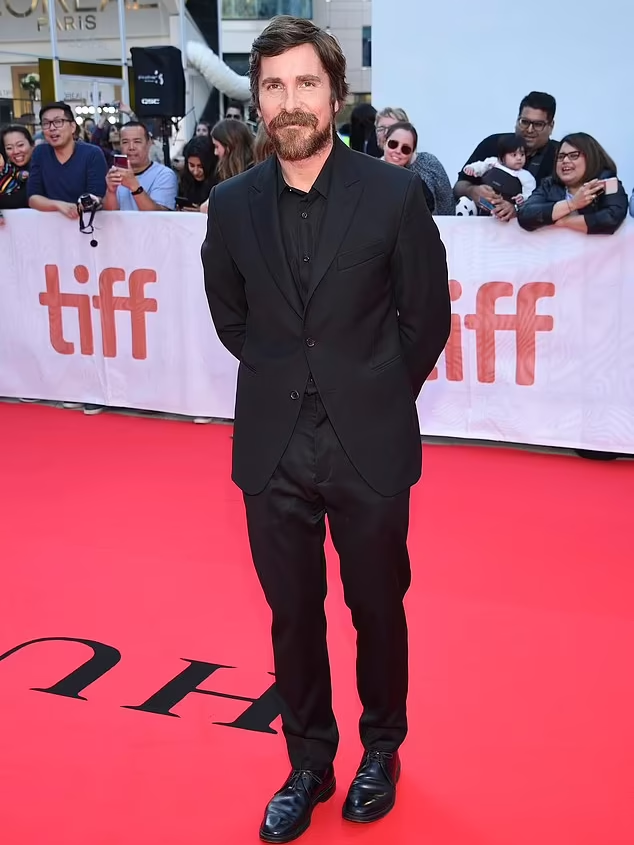
Quiet Confidence, Lasting Legacy
Now in his 50s, Bale’s style is settled. Confident. Effortless. In recent appearances promoting Amsterdam, The Pale Blue Eye, and Thor: Love and Thunder, he leans into luxurious minimalism: black button-downs, slouchy cashmere, worn denim with perfect drape. No labels. No effort to impress. And still, no social media.
He’s become a fashion icon in a paradoxical sense: the man who never tries, and never misses.
Final Scene: A Man in Full
Christian Bale doesn’t just wear clothes — he inhabits them. Every appearance, like every performance, is rooted in narrative. He isn’t chasing fashion moments. He’s living a long-form editorial — one that speaks of evolution, introspection, and an unshakable commitment to craft.
In a world obsessed with exposure, Christian Bale is a masterclass in mystery. His films change us. His presence lingers. And his style — effortless, elegant, enigmatic — remains one of Hollywood’s most compelling scripts
